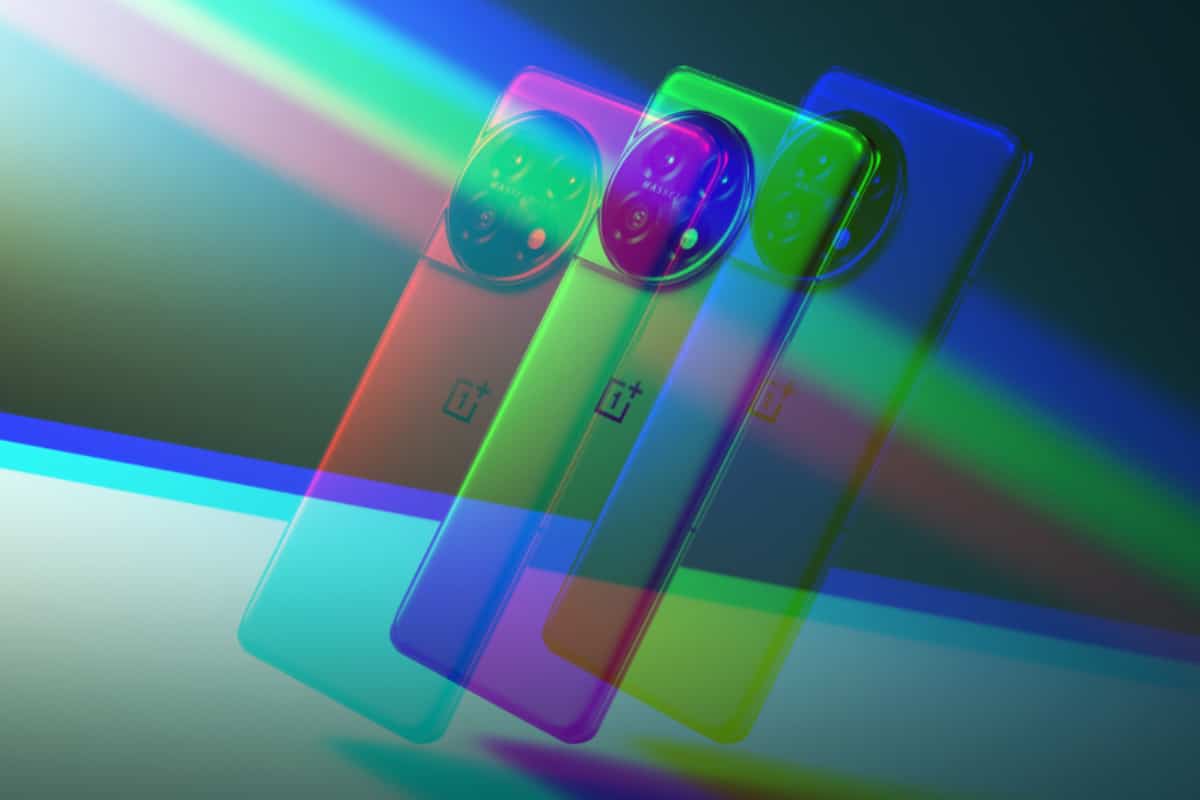OnePlus 11 Display Has Brightness “Issues” – Here’s Why…

The OnePlus 11 is a great phone but its display, while decent enough, does have some issues with brightness levels…
The OnePlus 11 is a brilliant phone in nearly every way. It is the current market-leader for Android support – it’ll get four major versions, beating Samsung and Google – and it is priced aggressively, given its high-end specs and performance.
In my OnePlus 11 review, I noted some of the phone’s stand-out features. The camera has been massively improved from the OnePlus 10 Pro; the look and feel of the phone is brilliant; the battery life is stellar, ditto its fast-charging capabilities; and, finally, the software is well executed.
Are there weak areas? Of course. In order to keep the price down, OnePlus had to make some concessions. And the main ones are as follows:
- No Wireless Charging
- No IP68 rating; instead, it uses IP64
- Base models come with 128GB of storage
- Limited RAM (8GB) on base models
OnePlus 11 Display Brightness

But there is another area that the OnePlus 11 falls slightly behind the competition, and it relates to the peak brightness of its display which, according to my tests, tops out at around 760 nits (in auto mode) and 487 nits with manual brightness.
Now, if you know anything about nits, you’ll know that most modern flagship phones from the likes of Samsung do well above 1000 nits.
The Galaxy S23 Ultra, for instance, can do 1750 nits with peak brightness. Google’s Pixel 7 Pro will do 1500 nits. And Apple’s iPhone 14 Pro Max will do 2000 nits.
What Does Nits Brightness Mean?
Nits, also known as candelas per square meter (cd/m²), is a measure of the brightness of a display or screen. It refers to the amount of light that a display emits per square meter of surface area.
The higher the nits, the brighter the screen will appear. Generally, a screen with 400 to 500 nits of brightness is considered good for indoor use, while a screen with over 1000 nits is ideal for outdoor use.
Why Does This Matter?

The brighter the display, generally speaking, the more legible it is outside, in direct sunlight. For this reason, a higher brightness level is important because most of us do tend to use our phones outside, in direct sunlight, quite a lot.
And the OnePlus 11’s peak brightness is WAY behind Apple, Google, and Samsung’s current flagship – like, it’s not even close. And this is a real shame because, as noted in our review of the OnePlus 11, the actual display it uses, a LTPO3 Fluid AMOLED panel, is fantastic visually, and with detail and overall clarity.
It just lacks that brightness that most users have now come to expect from modern, flagship phones. In fact, to better cement just how weak the brightness is on the OnePlus 11, Apple’s iPhone 7 from 2016 has a higher base brightness level at 625 nits.
Is this a deal-breaker? I’d say, no, but it is definitely something to consider, especially if you’re torn between, say, the OnePlus 11 and the Google Pixel 7 Pro…


Ah yes, another clickbait title. The display is not as bright as some competitor’s and automatically it means that there is something wrong with it, doesn’t it? Did you know that is also brighter than some other displays? Who would have thought? Not you, obviously.
Flying drone it is rather relevant.
Thank you. I have not seen this in major reviews, and only mentioned in a couple Amazon reviews. Brightness is critical for my outdoor use. It outweighs everything else.